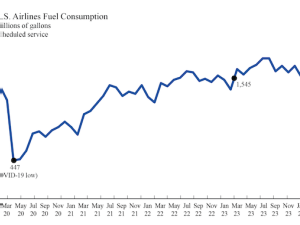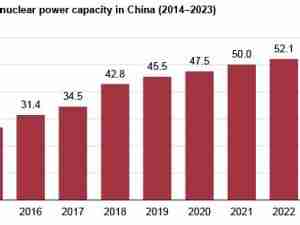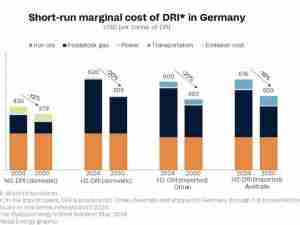Global oil markets are tightening today and prices surging on supply concerns and rising demand as a result of widespread winter storms in the US.
Here is Rystad Energy’s daily oil market comment from Rystad's Head of Oil Markets Bjørnar Tonhaugen:
Oil prices are soaring higher today, climbing above seven-year highs, as winter storms sweep across the US boosting demand for heating oil, supply concerns persist and financial players turn away from traditional tech stocks in favor of less volatile commodities.
A spike towards $100 crude should not be ruled out in the short run, but downside risks are plentiful, including Omicron setbacks on demand, economic growth concerns and financial market corrections as the central banks fight inflation.
A tight supply environment is not helped by disappointing January production estimates from key producers Iraq and Russia.
The situation is not as dramatic as feared though, as production capacity in Middle East powerhouses Saudi Arabia, Kuwait and the UAE is there to boost production by at least 2 million barrels a day.
The production capabilities of Middle East players are kept in check by the current OPEC+ agreement that caps supply increases voluntarily, despite the market screaming out for more oil production.
The Trinity Spirit explosion in Nigeria did not lead to any loss of oil production as the FPSO had not been producing since 2019 and was being used solely as a storage vessel.
The main concern surrounding the tragedy is the potential loss of life, as well as any knock-on environmental impacts.
The explosion provides a stark reminder of the vulnerability of supply installations especially in outage-prone countries such as Nigeria.
Ukraine-Russia tensions remain in Eastern Europe and add an additional layer of risk to the global supply equation.
US troops moving to the region may add to the risk premium in oil prices as any risk of supply disruptions or sanctions on Russian flows are a critical factor in any trader’s mind.
The oil market is not as exceptionally tight as the price premiums suggest now, but it is the expectations of future near-term tightness around March and April that traders are factoring in to pricing.
This may be correct, as fuel demand has seen a down-tick in early February as global road and aviation activity falls, predominantly owing to China and the Lunar New Year holidays and start of the Olympics.
Most other regions are seeing an upwards trend in road traffic, with the exception of Russia, which together with Omicron news flow gives credence to expectations of a demand increase into March and April as well.
How large this demand increase will be and whether supply will manage to keep up remains to be seen and the market is playing a wait-and-see game for the time being.








